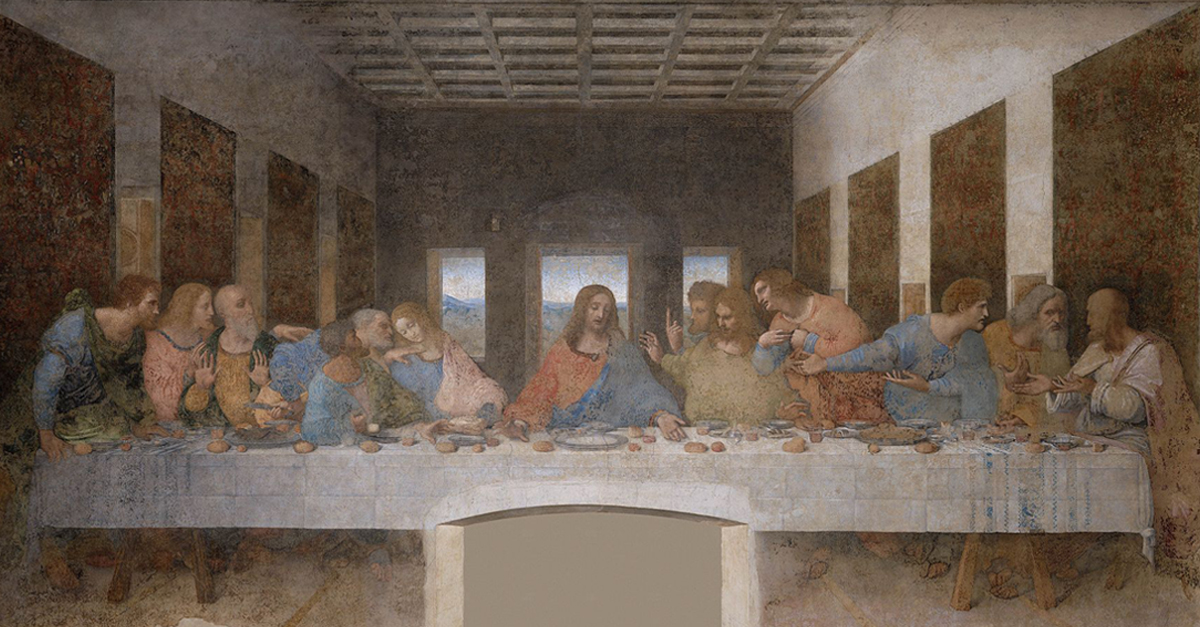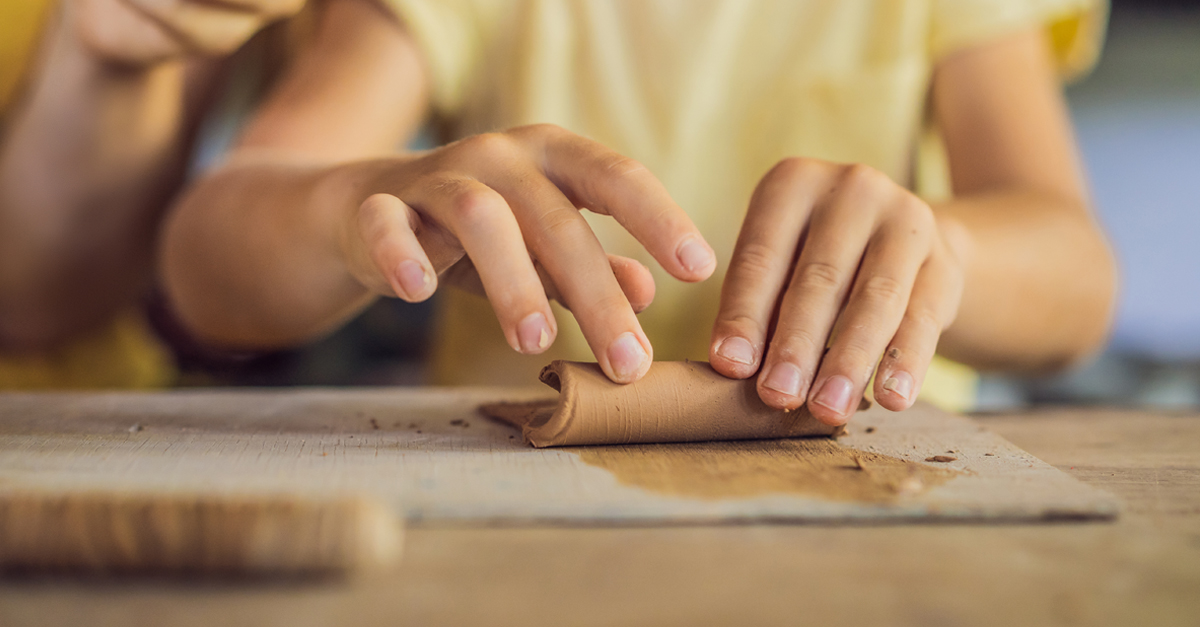
It was a symbol that inspired the hearts of the people. The name of the symbol carried the connotation of goodness – the word was literally, “good” combined with “to be” – and the man who made that symbol so famous declared the red to represent the “social idea” while the white was meant to represent the “nationalistic idea.” This image was so powerful as a meaningful and artistic symbol that it was soon made visible all throughout the country. Young men, filled with glorious passion, were willing to die for what that symbol represented.
The symbol referred to above that so captured the imagination of mankind is clearly recognizable today– the swastika. Adolf Hitler rightfully understood that art is not mere luxury. He understood the power of art in capturing the hearts and minds of the people. In fact, it was this understanding that led him to appoint Dr Joseph Goebbels to be in charge of propaganda. Goebbels’ official title was Minister of Propaganda and National Enlightenment. Through the use of stories and films and other works of art, Hitler poisoned the minds of an entire generation.
On the other end of the spectrum, art can have very positive effects. For example, ballet redeems the body by showing the beauty of dance. Our culture tends to objectify the body and to reduce the human experience to materialism. Ballet infuses the body with dignity and lifts the dancer and the viewer into an experience that is at once both physical and spiritual.
Another example of the power and importance of art is found in poetry. There is a great scene in the movie Dead Poets Society where Robin Williams’ character says,
We don’t read and write poetry because it’s cute. We read and write poetry because we are members of the human race. And the human race is filled with passion. And medicine, law, business, engineering, these are noble pursuits and necessary to sustain life. But poetry, beauty, romance, love, these are what we stay alive for . . .
One of things that makes art so important and even crucial to our lives is that art expresses ideas. And not only does art express ideas, but by very nature of art being rooted in the physical materials of the earth, art expresses abstractions in concrete form. In this way, art transforms ideas into flesh-and-blood — art gives a body to the thoughts circulating in a creative mind. Art can express both truth and lies; in the case of Hitler, art gave a body to evil ideas, thoughts, and abstractions. In the case of Robert Burns classic poem A Red, Red Rose, art gives a body to the human experience of romantic love.
Art is not mere luxury. Art is powerful and the ideas that it communicates can change the world for better or for worse. The implication here is that there are consequences to how we interact with artists and their artwork.
Walk through your house with your kids and talk about the ideas represented in the art in each room. People choose the art that they put around them, from the design of the dishes to the fine art hanging over the fireplace to the raw art hanging on the refrigerator. Talk about why you chose it and what you like about it. Start the discussion early and keep it going.
Part one of a four part series on arts and culture.
Part 1 – Art Is Not Mere Luxury
Part 2 – Expose Your Family to Art
Part 3 – Getting Your Kids Engaged in Culture-Making
Part 4 – Art is Irreplaceable




Leave a Reply